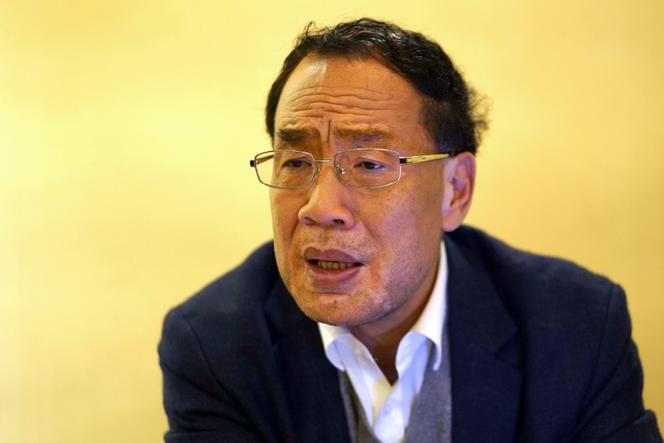

LETTER FROM SHANGHAI

He finally reclaimed his laboratory, at the cost of nights spent outside and a highly publicized battle. Zhang Yongzhen, the first researcher to publish the SARS-CoV-2 genome sequence over four years ago, is in open conflict with the institution that houses his team's research. The matter came to light on April 28. That morning, Zhang and his colleagues arrived at work only to find the door of the Shanghai Public Health Clinical Center on the far southern outskirts of China's most populous city, locked. The disagreement with management over the end of his contract had escalated.
As the determined man he is, Zhang decided to stage a sit-in until the center's guards unlocked the doors. Posted by his student researchers on Weibo, China's version of Twitter, photos taken by those who were able to stay by his side showed him tired and disheveled, sitting on a chair in front of security guards. He then appeared lying on a mattress, under a quilt, sleeping outside, with a Thermos, bottles of water, bags of food and always the team of guards by his side. The cardboard boxes on the floor were soaked by the pouring rain. "I'm not leaving, I'm not giving up, I'm doing it for science and truth," he wrote in a quickly deleted post on the social media network. The scientist stayed outside for three nights.
Zhang began work in the laboratory five years earlier. After almost two decades at the Center for Disease Control and Prevention, a government institution, he was drawn to the opportunity to work closely with the management of an establishment affiliated with the prestigious Fudan University. The director at the time, Zhu Tongyu, promised him 3.5 million yuan (€450,000) in annual funding, so he would not waste time fundraising and could focus on "cutting-edge scientific research" on viruses; he even lent him his car. Zhang was proud to have the center's name featured six times in the scientific journals Nature and Cell between 2018 and 2020. Initially on a temporary contract, he was due to be granted tenure within two years.
Then came the first days of 2020. On January 3, his laboratory received samples from a patient suffering from the new kind of pneumonia that was sweeping through the city of Wuhan. He told Time magazine how his team worked non-stop for two days and nights, using the latest technology to establish the SARS-CoV-2 genome sequence for the first time on January 5. He contacted the head of respiratory medicine at Wuhan Central Hospital, as well as the Ministry of Health, and traveled to the Hubei capital on January 8, to explain his understanding of the virus to local health officials, suggesting public protection measures.
You have 57.45% of this article left to read. The rest is for subscribers only.
